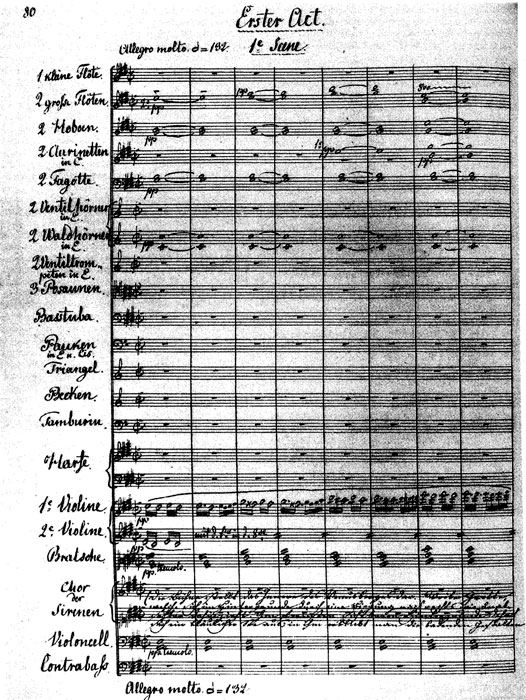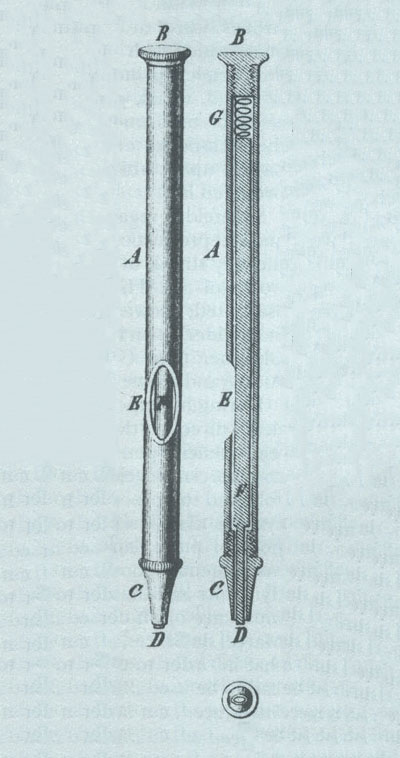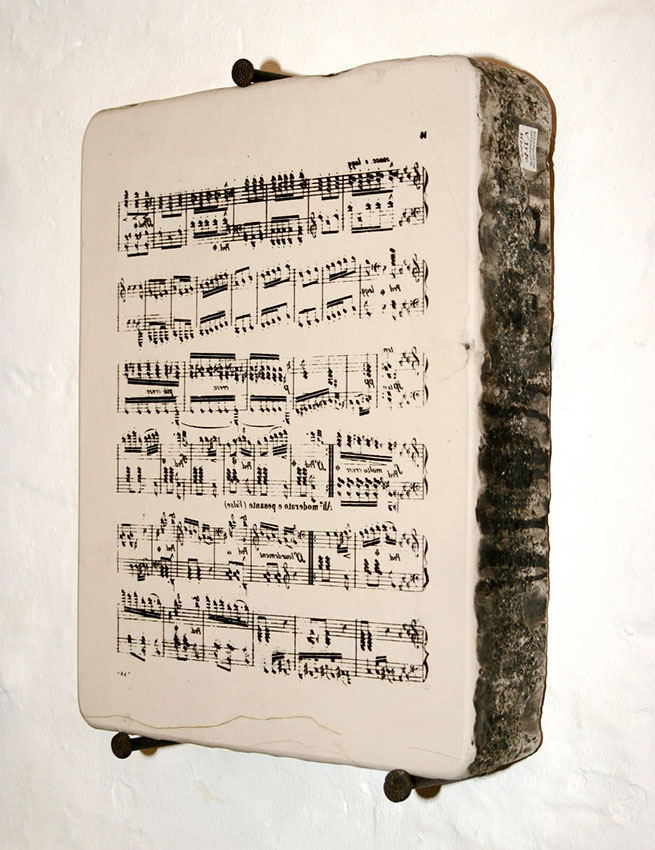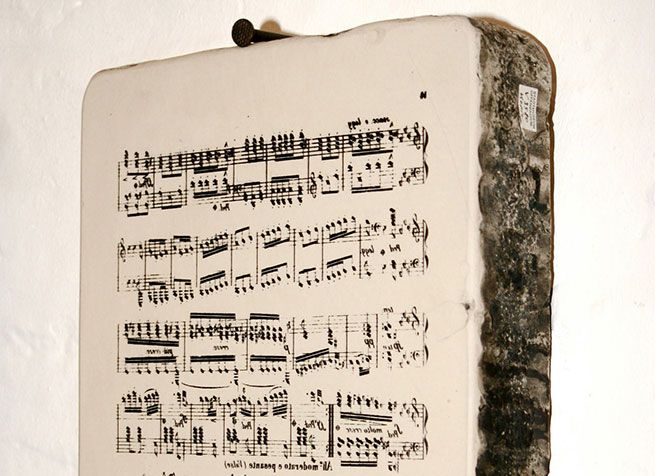Music Printing History: Lithography
The process of lithography was invented by the playwright, Alois Senefelder in 1796. He could not afford to have his plays published so he began experimenting with printing techniques until he succeeded with lithography. The process involved drawing an image, text, or music on a smooth piece of limestone with an oil-based ink. Acid was then poured onto the stone to burn the image onto the surface. A water soluble solution such as gum arabic was then applied, sticking only to the non-oily surface and sealing it. For printing, the water adhered to the gum arabic. The oily ink, however, repelled the water, thereby allowing for the printing of the images. As technology advanced, lithography evolved into other processes such as chromolithography, photolithography, and microlithography.

A lithograph of music by Richard Wagner in the composer’s own handwriting.
Lithography was originally drawn by hand with greasy ink onto a smooth limestone slab. It was cheaper and easier to update and correct mistakes than a copperplate engraving and, if done carefully, could hold a fine level of detail. Maps were typically drawn this way, and of course it was ideal for music as well. The stones werev howeverv heavy and cumbersome, and with the advent of photography were replaced with thin metal, and later plastic-coated plates that are still used today for the bulk of modern commercial printing. There is an explanation of both old and new methods on this old Pathe educational film below:
Essentially the plates are made by photographing down from a master prepared by various methods – drawn by hand, by the use of stencils, by large scale stick-on elements photographed from a distance, by musical typewriters, by Letraset, from existing copies of music originally printed by other processes, or nowadays almost always from a computer software program such as Sibelius or Finale.
Traditional lithography, however, didn’t suit every task, particularly when most printing was still done by letterpress and the music was to be mixed in with normal text, e.g. hymn books. This was usually done using music print blocks.

Device for laying out identical note heads on a lithographic stone.

A lithographic stone for printing music. The music is written backwards on the stone.
Contributors
Stephen H.
